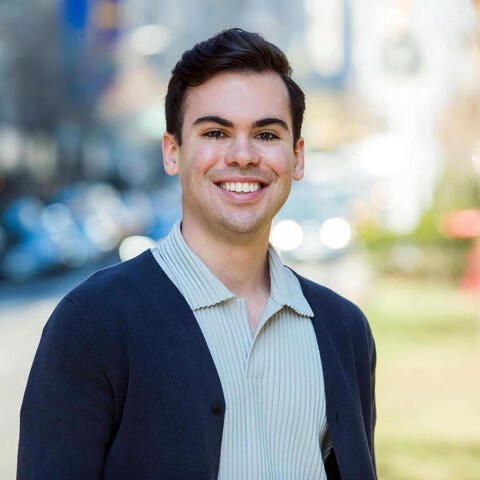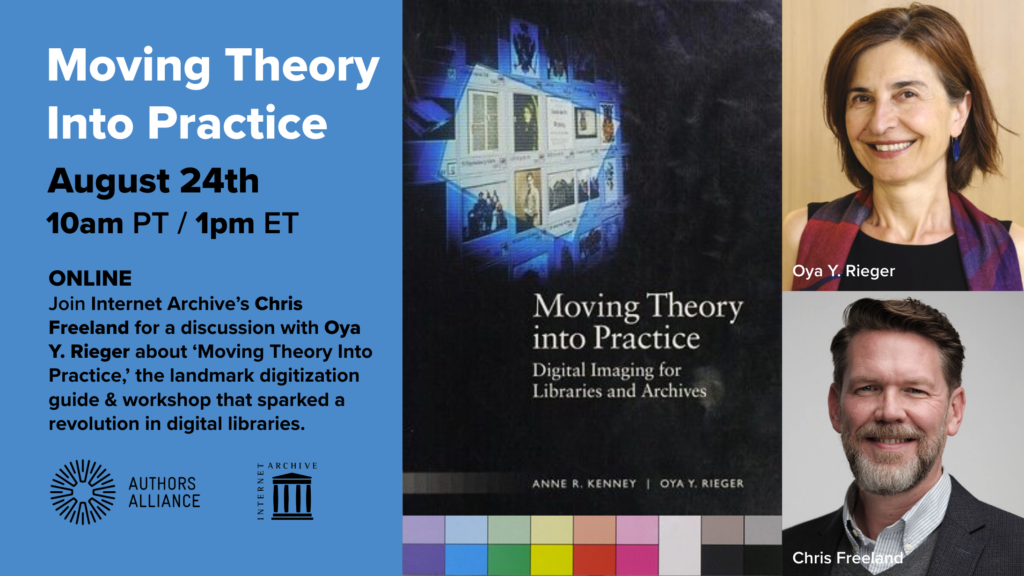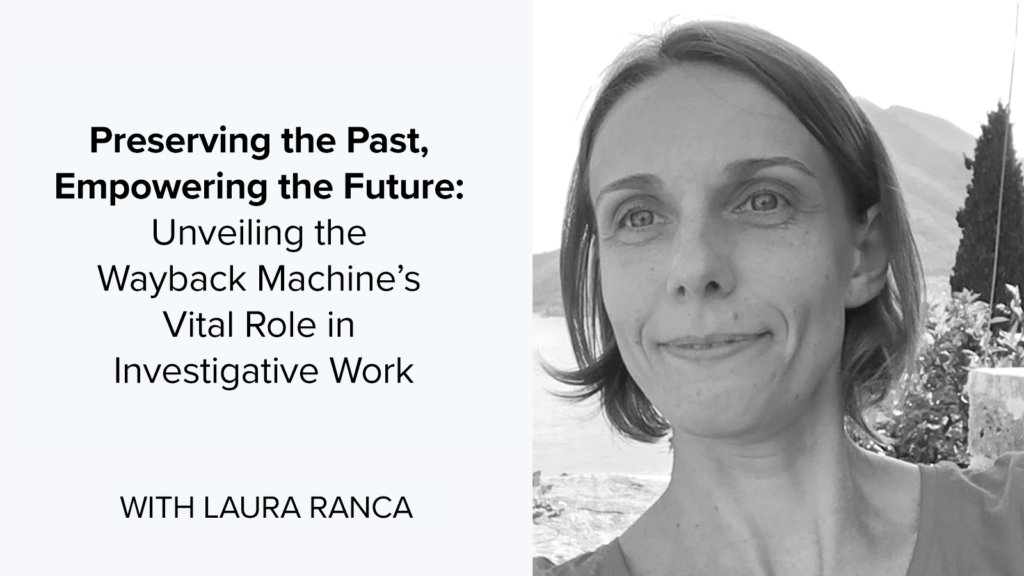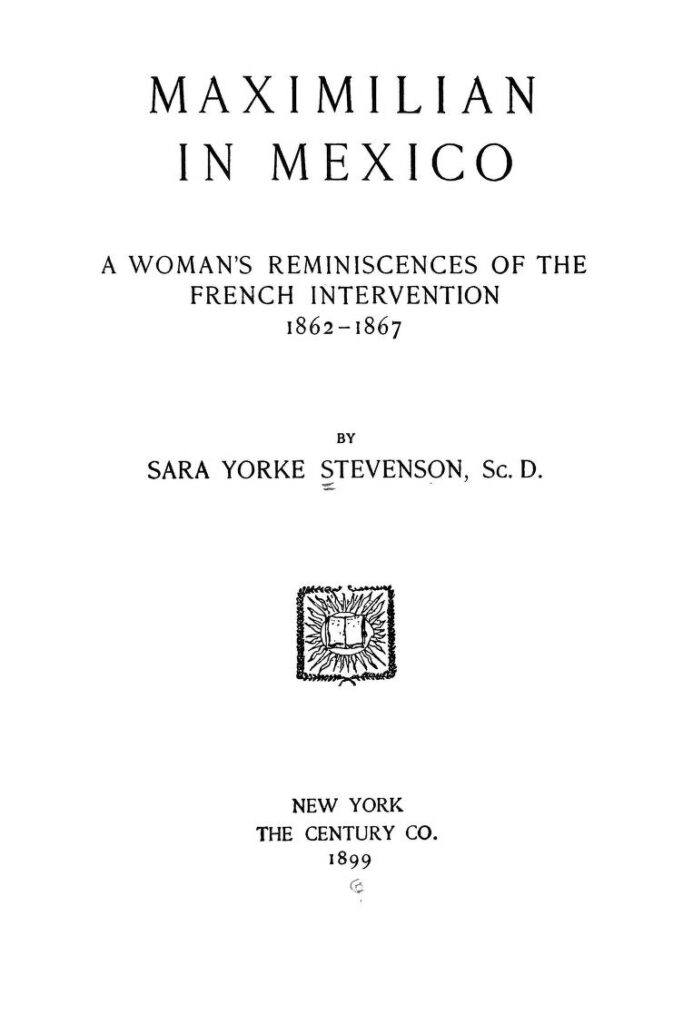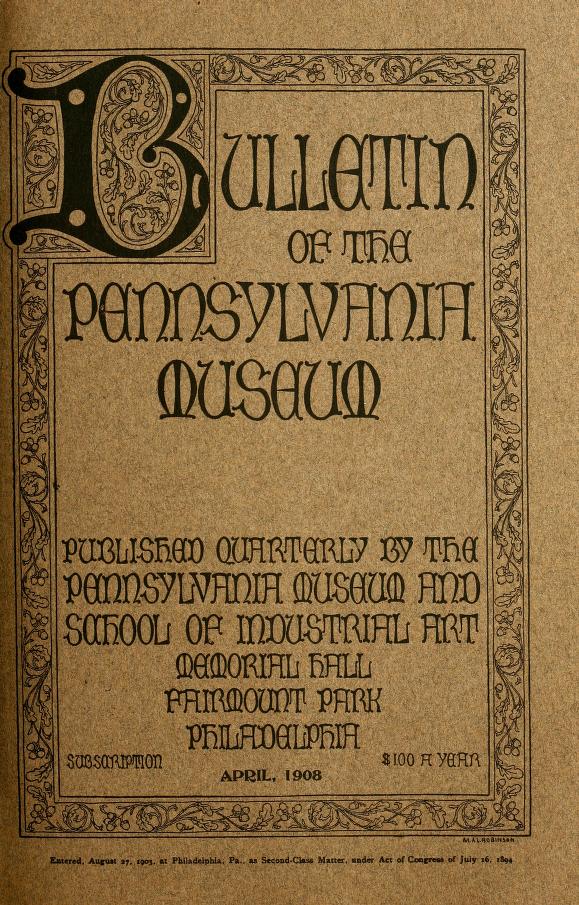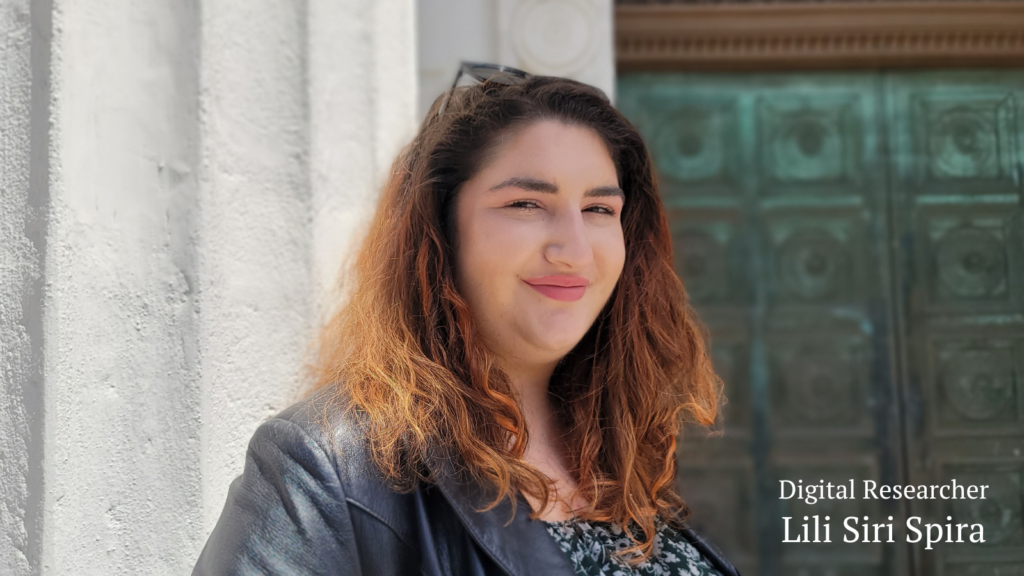For fans wanting to relive an epic concert or discover upcoming bands, there are now more than 250,000 recordings in the Live Music Archive to enjoy.
The collection has steadily grown over the past 20 years as a collaborative effort between Internet Archive staff and dedicated, music-loving volunteers. At a pace of uploading nearly 30 items a day, the Live Music Archive reached the one-quarter million recording mark in June, and now takes up more than 250 terabytes of data on Internet Archive servers.
“It’s a huge victory for the open web,” said founder of the Internet Archive Brewster Kahle, about the Live Music Archive, which he describes as “fantastically popular” with the public. “Fans have helped build it. Bands have supported it. And the Internet Archive has continued to scale it to be able to meet the demand.”
For years, concert-goers recorded and traded tapes, but in 2002, the Internet Archive offered a reliable infrastructure to preserve performances files. Partnering with the etree music community, the Live Music Archive was established to provide ongoing, free access to lossless and MP3-encoded audio recordings.
(For more on its history, see https://blog.archive.org/2022/08/12/celebrating-20-years-of-the-live-music-archive/.)
“It shouldn’t cost to give something away,” said Kahle, lamenting fees that can be charged to host items online. “We wanted to make it possible for people to make things permanently available without having to sell their souls to a platform that is going to exploit it for advertising. That just seemed like the world that should exist, and we thought we could play a role.”
Since its launch two decades ago, more than 8,000 artists have given permission to have recordings of their shows archived on the Live Music Archive, and users from around the world have listened to files more than 600 million times. The collection includes the iconic Grateful Dead, as well as aspiring musicians trying to garner attention from the free outlet that spans jambands, folk singers, bluegrass, rock, pop, jazz, classical and experimental music.
In 2002, Jonathan Aizen, a technology entrepreneur who helped build the Live Music Archive, said having a free, non-profit, forever host for concert recordings was embraced by music fans. “Until working with the Internet Archive, there were no coordinated and reliable means to preserve and distribute the recordings,” Aizen said. “The only way that these things were being preserved was by copying them — and that was very haphazard, so the music community was very excited.”
Over time, Aizen said it’s been impressive just how many artists have allowed their concerts to be recorded and the organic way the Live Music Archive has grown. “When we started, I had no sense it would last two decades,” he said. “I think it’s really compelling that these recordings are being preserved for posterity. I also didn’t expect the breadth of artists. It’s fair to say that it’s exceeded my expectations by quite a bit.”
In addition to being a resource for fans, the Live Music Archive has been a way for musicians to be discovered. “There’s no doubt in my mind that the accessibility of the recordings on the Internet Archive is exposing bands and drawing people in who then go to the show,” he said. Devoted listeners can track the progress of a band’s career and follow the way songs are played differently on different nights, noting the improvisational element of live recordings, Aizen added.
The passion of the volunteers to curate the collection has been at the heart of the Live Music Archive and is a testament to the strength of the live music community supporting bands.
David Mallick began uploading to the Live Music Archive in the early days and then came on board as a volunteer curator for about 10 years. He helped recruit bands to participate and helped troubleshoot recordings that others had uploaded. Mallick said free unlimited bandwidth and storage is appealing to musicians, especially for smaller bands just getting started and those who don’t mind sharing their unvarnished recordings.
“It’s a ‘no ego’ project for the band,” Mallick said. “These are bands that are comfortable enough with their live performances to just say ‘Yeah, put up whatever’ – even if they flubbed a note, screwed up a song, or a fan grabbed a mic.”
Every time Mallick added a recording to the Live Music Archive, he said it was rewarding to know it would always be there for others to hear. “It’s so well organized. Archivists are hosting it, making it uniform, searchable and easy to find things,” he said.
Added Aizen: “Music is universal — it’s cross cultural and across time,” Aizen said. “To be able to create access, in a world where everything is so commercialized, and just having music be freely accessible, with no ads — that is also something that’s really just special.”



